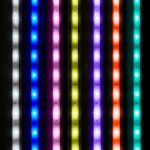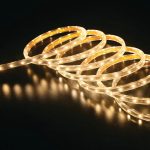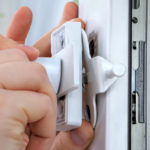Clever Tips on Where to Cut LED Light Strips for Your Home Decor
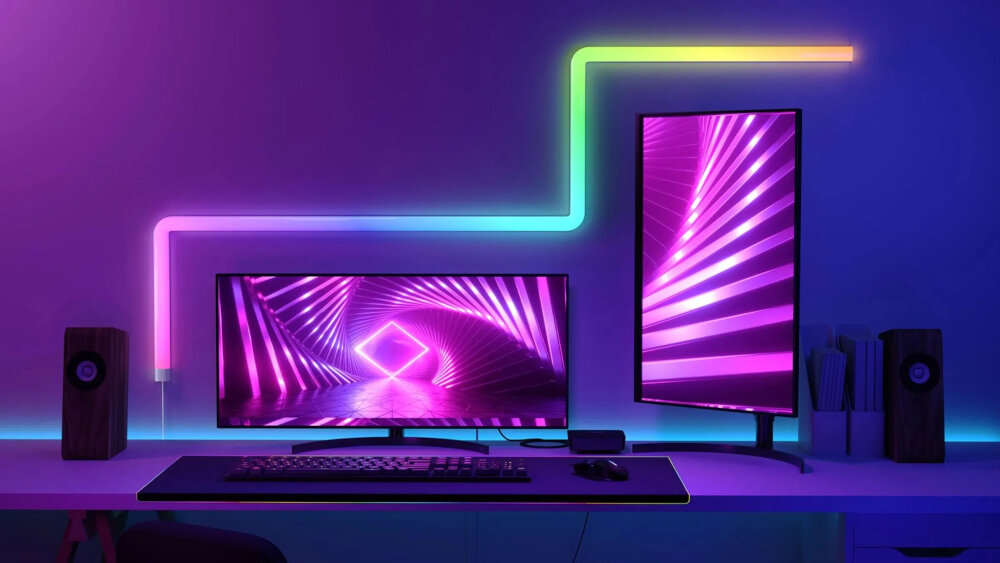
LED light strips have become an increasingly popular feature in modern home decor due to their versatility and energy efficiency. They can be used to create a variety of lighting effects, from under-cabinet illumination in the kitchen to accent lighting in the living room. One of the major advantages of LED light strips is that they can be cut to fit any space, making them a versatile and customizable lighting solution for any room in your home. However, knowing where to cut LED light strips can be a challenge, especially if you’re new to DIY home decor projects. Cutting the strips in the wrong place can result in wasted materials and an incomplete look. In this article, we’ll explore some clever tips on where to cut LED light strips for your home decor, so you can transform your living space with confidence and ease.
LED light strips are a popular and versatile home decor accessory that has been gaining popularity in recent years. These strips are thin, flexible, and can be cut to fit any length or shape, making them ideal for a range of applications. They emit a soft, warm glow that can be used to create a range of moods and atmospheres, from cozy and intimate to bright and bold. LED light strips are also energy-efficient, long-lasting, and easy to install, making them a practical choice for anyone looking to add some extra style and ambiance to their home. From under-cabinet lighting in the kitchen to accent lighting in the living room or bedroom, LED light strips are a versatile and stylish option that can elevate any space.
Understanding LED Light Strips
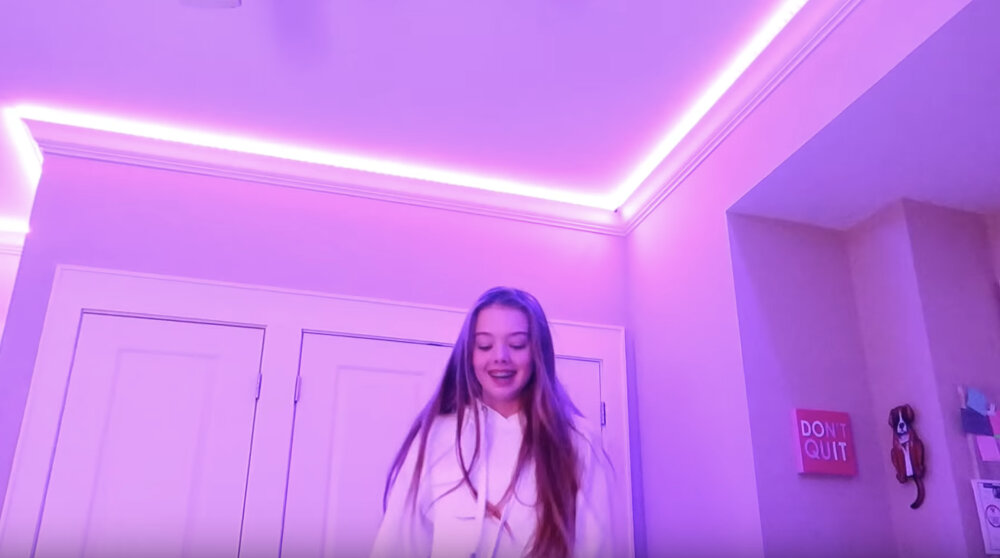
LED light strips are a popular way to add a touch of ambiance and style to any room in your home. They are versatile, easy to install and can be cut to fit any space, making them a great option for a variety of home decor projects. Understanding LED light strips is essential when it comes to choosing the right type of light, knowing where to cut them, and how to maintain them. LED light strips use light-emitting diodes (LEDs) to produce light. These diodes are small, energy-efficient and long-lasting, making them an ideal choice for home lighting. LED light strips come in various colors, brightness levels, and lengths, so you can find the perfect fit for your home decor needs. When it comes to cutting LED light strips, it’s important to understand that you can only cut them at specific intervals, usually marked on the strip itself. Cutting the strip at the wrong spot can damage the LEDs, rendering the entire strip useless. However, with a little bit of planning and careful execution, cutting LED light strips can be a simple and effective way to customize your home lighting.
LED light strips are flexible circuit boards that contain light-emitting diodes (LEDs) that produce bright and energy-efficient lighting. They are available in a wide range of colors, intensities, and lengths, making them a versatile lighting solution for home decor. LED light strips can be cut to fit any space, making them ideal for decorative and accent lighting. They are easy to install, and some models come with adhesive backing for quick and easy placement. LED light strips are perfect for highlighting architectural features, creating mood lighting, and adding a touch of ambiance to any room in your home.
LED light strips have become increasingly popular in recent years due to their versatility and energy efficiency. They are available in a variety of types to suit different needs and preferences. The most common types of LED light strips are the single color, RGB (Red, Green, Blue) and RGBW (Red, Green, Blue, White) strips. Single color strips emit a single hue of light, while RGB strips can produce a range of colors by mixing the three primary colors. RGBW strips are similar to RGB strips, but with the addition of a white LED, giving them a wider range of color options and the ability to produce a pure white light. Additionally, there are also waterproof LED light strips available, which are perfect for outdoor lighting or in areas prone to moisture. Overall, there is a LED light strip available for any type of project, providing endless possibilities for adding mood lighting and ambiance to your home decor.
LED light strips are becoming increasingly popular for home decor due to their versatility and energy efficiency. They can be used to create a variety of lighting effects and can be cut to fit any space, making them ideal for customizing lighting to fit your specific decor needs. LED light strips are also long-lasting and durable, requiring less maintenance and replacement than traditional lighting options. Additionally, their low heat emission makes them safe to use in a variety of settings, including around children and pets. Overall, LED light strips are an excellent option for anyone looking to add a touch of ambiance and style to their home decor while also saving energy and money.
Planning Your LED Light Strip Placement
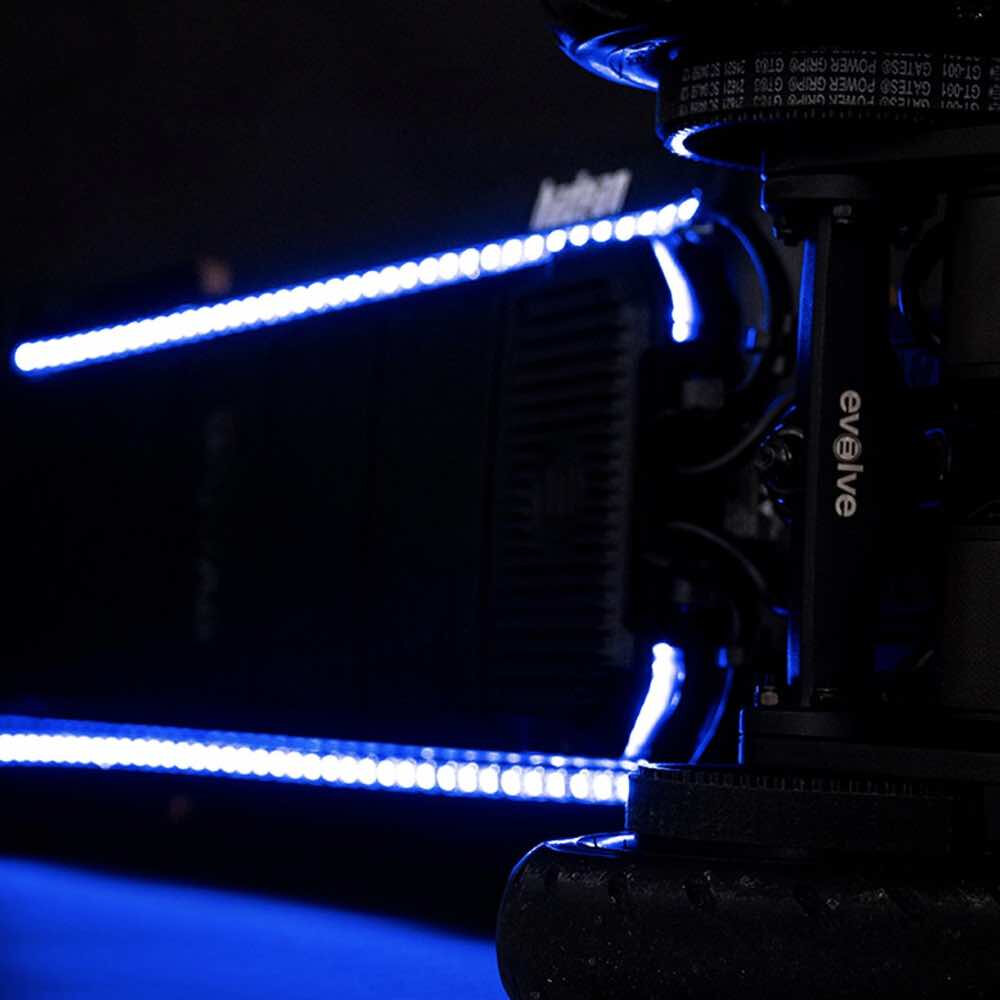
When planning your LED light strip placement, it’s essential to consider the overall look and feel you want to achieve. LED light strips can be used for a variety of purposes, from creating a cozy atmosphere in your bedroom to adding a touch of sophistication to your living room. Before you start cutting your LED light strips, take some time to think about the effect you want to create. Consider the color of the light, the brightness, and the placement of the strips. Think about the type of mood you want to create and choose the location of the light strip accordingly. For example, if you want to create a relaxing ambiance in your bedroom, consider placing the LED light strips around your bed or behind your headboard. On the other hand, if you want to add some drama to your living room, consider placing the LED light strips behind your TV or along your bookshelves. Another important factor to consider when planning your LED light strip placement is the type of adhesive you will use. There are a variety of adhesives available, from double-sided tape to silicone glue. Choose an adhesive that is strong enough to hold the LED light strip in place but won’t damage your walls or furniture. It’s also important to make sure that the surface you are attaching the LED light strip to is clean and dry. Any dirt or dust on the surface can prevent the adhesive from sticking properly. Once you have chosen your adhesive, carefully measure and cut your LED light strips to fit your desired location. With a little planning and preparation, you can create a beautiful and unique lighting design that will transform your home decor.
Before placing LED light strips in your home, there are several factors to consider. Firstly, you need to determine the purpose of the lighting – do you want to create a certain ambiance or highlight specific features in your home? Secondly, think about the placement of the LED light strips – are you looking to line the ceiling or install them under cabinets? This will affect the length of the LED strips you need to purchase. Another important factor is the color temperature and brightness of the LED lights – warmer tones create a cozy atmosphere while cooler tones are better suited for task lighting. Lastly, you need to ensure that the LED light strips are installed safely and securely, and that they are compatible with any existing lighting fixtures or systems in your home. By considering these factors, you can ensure that your LED light strips not only enhance the aesthetic of your home but also provide practical and functional lighting.
When it comes to installing LED light strips in your home, having the right tools is crucial. The essentials include a measuring tape, a sharp cutting tool such as a utility knife or scissors, a soldering iron, electrical tape, and a power source such as a transformer or adapter. A heat gun or lighter may also be necessary if you plan on sealing the ends of your cut strips to prevent fraying. It’s important to use quality tools to ensure precision and safety throughout the installation process. By having the proper tools on hand, you’ll be able to easily cut and install LED light strips to brighten up any room in your home.
Measuring and cutting LED light strips can be a tricky task, but it’s essential to get the right fit for your space. To start, measure the length of the area where you want to install the lights and add a few extra inches to ensure enough material. When cutting the strip, make sure to use a sharp pair of scissors or cutting tool to avoid frayed edges. Additionally, it’s crucial to cut the LED strip only at the designated cut points to avoid damaging the circuit. Before installing, test the lights to ensure they are working correctly. Finally, use adhesive clips or tape to secure the lights in place, and enjoy the perfect ambiance in your home.
Where to Cut LED Light Strips
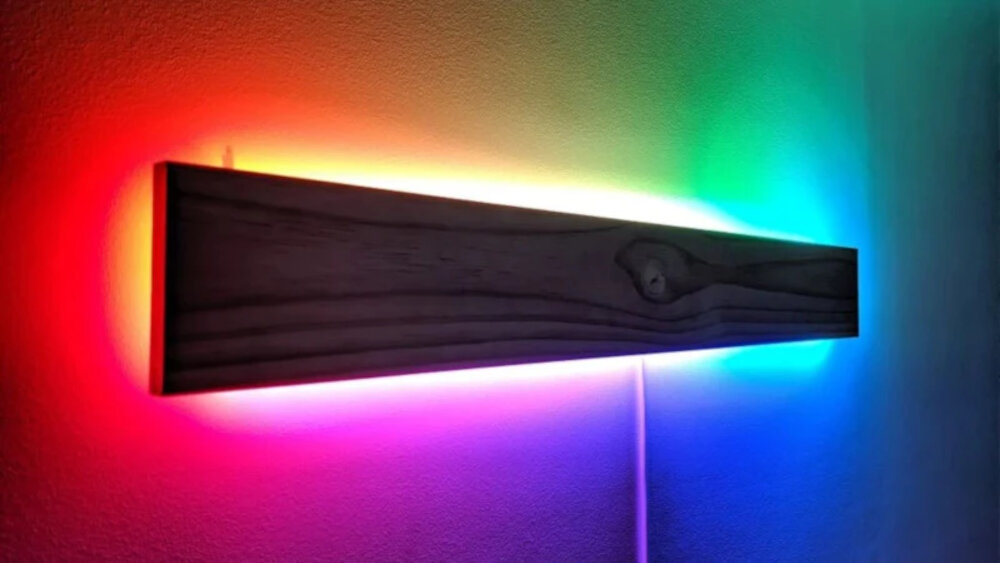
LED light strips are an excellent way to add some extra light and a unique ambiance to your home. However, when it comes to cutting LED light strips, it can be challenging to know where to cut them. The good news is that cutting LED light strips is easy, and the strips can be cut to fit any space. When cutting LED light strips, it is important to know where to cut them to ensure they fit perfectly and work correctly. One of the essential things to consider when cutting LED light strips is where to make the cut. The best place to cut the strips is where the copper contacts are. These contacts are typically labeled with a pair of scissors, making it easy to identify where to cut. It is important to note that cutting the strips anywhere else can damage the LED lights and render them useless. By cutting the strips at the right place, you can ensure that they work correctly and provide the desired ambiance to your home decor.
LED light strips have become a popular way to add a touch of ambiance to any space. They are versatile and can be cut to fit any size or shape. The best places to cut LED light strips for different decor ideas include under kitchen cabinets, behind headboards, under bathroom vanities, and around mirrors. For a modern and edgy look, cut LED light strips into geometric shapes and place them on the ceiling or walls. For a cozy and warm atmosphere, cut LED light strips into smaller sections and place them inside mason jars or lanterns. The possibilities are endless with LED light strips, so get creative and have fun with your decor!
When it comes to using LED light strips for your home decor, cutting them to the right size is crucial. However, cutting them in the wrong way can cause irreparable damage. To avoid this, one should follow some essential tips. Firstly, make sure to use sharp scissors or a sharp craft knife to cut the strips. Secondly, always cut the LED strips along the designated cut lines. These cut lines are usually marked on the strips, and cutting along these lines ensures that the circuit board is not damaged. Thirdly, always make sure to disconnect the power supply before cutting the LED strips. Lastly, be cautious while removing the adhesive backing and ensure that the strip is firmly attached to the surface before turning the power supply back on. By following these simple tips, one can cut LED light strips without damaging them and decorate their homes with beautiful lighting.
If you’re planning to cut LED light strips for your home decor, it’s important to know how to hide the cut marks. One way is to use a silicone sealant to cover the cut marks, which will also protect the strip from moisture and dust. Another option is to use a heat shrink tubing, which is a plastic tube that shrinks when heated, creating a tight seal around the cut mark. You can also hide the cut mark by using a channel or trim, which will not only cover the cut but also give a more polished look to your LED light strip. If you don’t want to use any of these methods, you can simply place the cut end behind a piece of furniture or in a hard-to-see spot to hide it.
Creative Ideas for Using Cut LED Light Strips
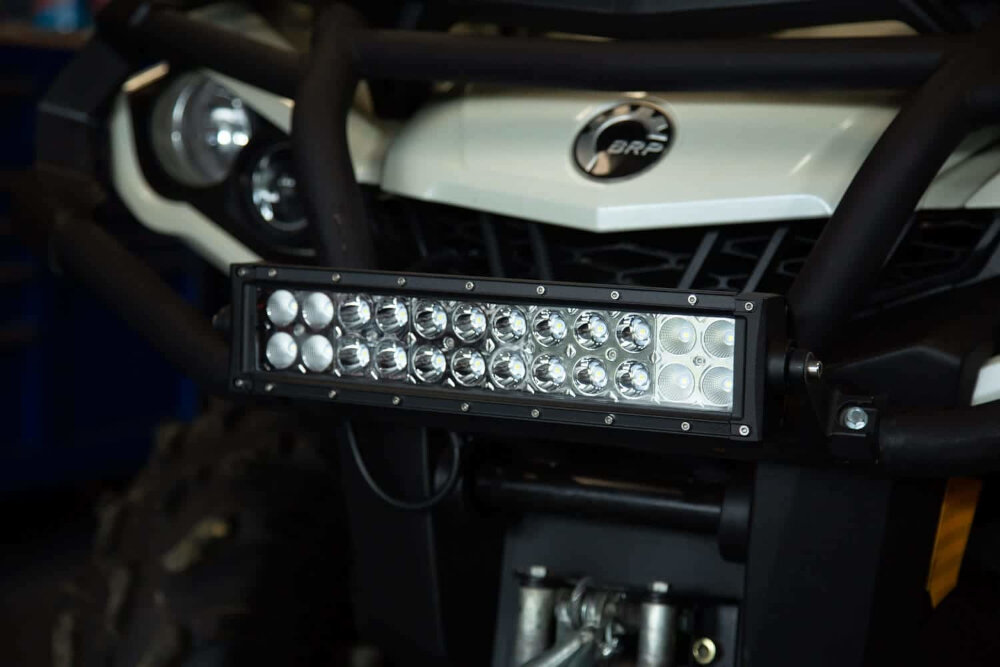
LED light strips have become increasingly popular in home decor due to their versatility and energy efficiency. However, many people may wonder how to use them creatively in their living spaces. One idea is to cut LED light strips into different lengths and use them to accentuate a particular area of a room. For instance, you can cut the LED light strip into small sections and place them under cabinets or bookshelves to create a subtle but effective lighting effect. Alternatively, you can cut the LED light strip into longer lengths and use them as a backdrop for a gallery wall or a headboard in your bedroom. Another creative idea for using cut LED light strips is to install them in unexpected places, such as beneath the stairs or around a mirror. This can create a unique and striking visual effect that adds an element of interest to your home decor. Additionally, you can use cut LED light strips to create a DIY light fixture by wrapping them around a wire frame or a lampshade. This can add a personalized touch to your lighting fixtures and make them stand out from the usual store-bought options. With a little creativity and imagination, the possibilities for using cut LED light strips in your home decor are endless.
Cut LED light strips have become increasingly popular in home decor due to their versatility and ease of use. There are numerous ways to incorporate these lights into your living space, such as under-cabinet lighting in the kitchen or bathroom, accent lighting on shelves or bookcases, and even as a creative headboard in the bedroom. Installing cut LED light strips along staircases, hallways, or behind mirrors can also add a touch of elegance to your home. With the ability to customize the length and color of the LED lights, the possibilities are endless when it comes to integrating them into your interior design.
LED light strips have become a popular option for homeowners looking to add some ambiance to their living spaces. From under-cabinet lighting in the kitchen to accent lighting in the bedroom, there are countless ways to incorporate LED light strips into your home decor. One successful installation is in the cove ceiling, where the LED light strips are installed inside a recessed area in the ceiling, providing a beautiful and subtle glow that enhances the room’s overall ambiance. Another popular use is under the bed frame to create a cozy and inviting atmosphere in the bedroom. Finally, LED light strips can also be used to highlight artwork on the wall, adding an extra layer of depth and dimension to your home decor.
When it comes to cutting and installing LED light strips, there are several tips and tricks that can make the process easier and more efficient. First, measure the area where you want to install the lights and cut the strip accordingly. To avoid damaging the lights, make sure to cut only on the designated cut lines. Next, clean the surface where you will be installing the lights to ensure that they adhere properly. When applying the lights, start at one end and work your way along the surface, using adhesive tape or clips to hold the strip in place. Finally, ensure that the power supply is adequate for the length of the strip and that all connections are secure. With these tips and tricks in mind, you can easily achieve a professional-looking installation of LED light strips in your home décor.
If you’re looking to add some pizzazz to your home decor, consider trying out LED light strips. Not only are they versatile and easy to use, but they can also add a colorful and modern touch to any room. Whether you want to use them to highlight artwork, create a cozy ambiance in your bedroom, or add some flair to your kitchen backsplash, the possibilities are endless. LED light strips are also energy-efficient and long-lasting, making them a smart choice for both your wallet and the environment. So don’t be afraid to get creative and experiment with different ways to incorporate LED light strips into your home decor projects.
Conclusion
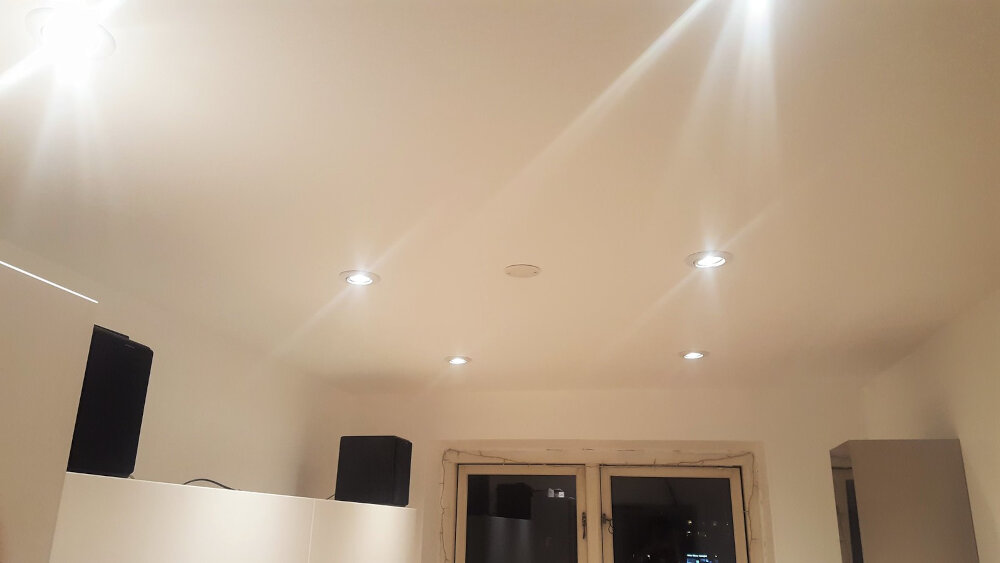
In conclusion, cutting LED light strips for home decor can be a fun and creative way to add a touch of ambiance to your living spaces. With the right tools and techniques, you can easily customize the length of your LED strips to fit any area you desire. However, it’s essential to remember to follow safety precautions and make precise cuts to avoid damaging the lights. By experimenting with different cutting locations and placement ideas, you can create a beautiful atmosphere that truly reflects your personal style. So, let your imagination run wild, and don’t be afraid to think outside the box when it comes to cutting LED light strips for your home decor!

